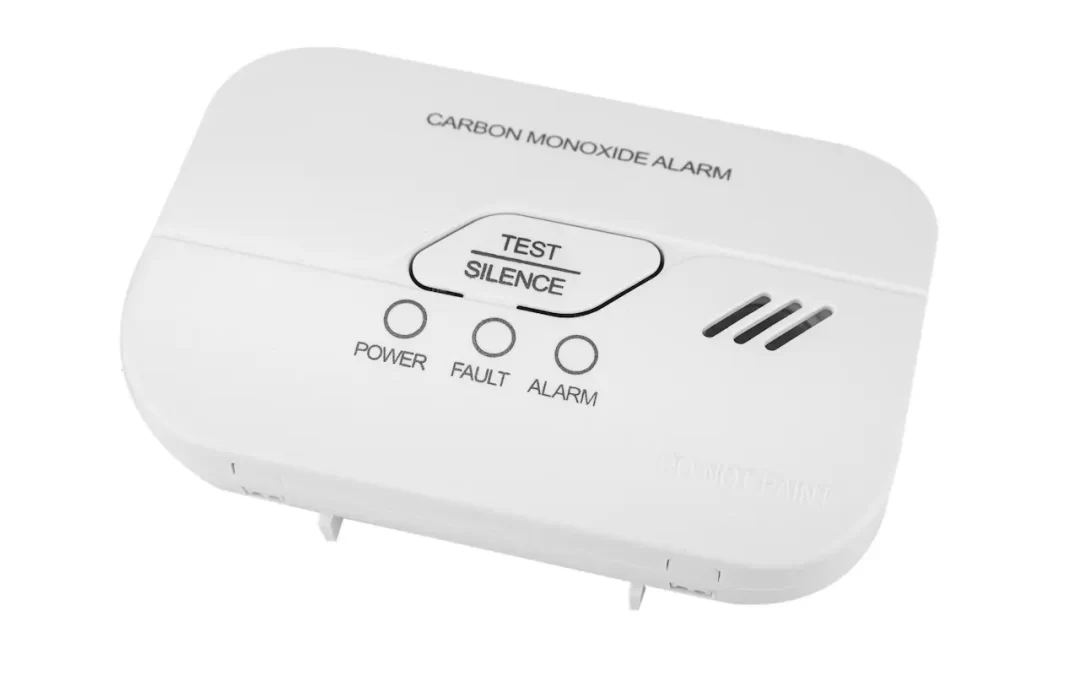Carbon monoxide (CO) is colorless and odorless, making it difficult to detect. As a homeowner, it’s helpful to understand the dangers of this toxic gas and take steps to prevent exposure. As winter approaches, we tend to spend more time indoors, increasing the risk of CO exposure. Here are a few things you need to know about carbon monoxide in your home to keep your family safe.
Carbon Monoxide in Your Home
1. What is Carbon Monoxide?
Carbon monoxide is a colorless, odorless, and tasteless gas produced by the incomplete combustion of fossil fuels such as gas, oil, and wood. Gas stoves and furnaces, generators, and automobiles can release it. Exposure to carbon monoxide can cause headaches, dizziness, nausea, and even death.
2. Symptoms of Carbon Monoxide Exposure
The symptoms of carbon monoxide poisoning vary depending on the level and duration of exposure. At low levels of exposure, symptoms can mimic the flu: headaches, fatigue, and nausea. High levels can cause unconsciousness, brain damage, and even death.
3. Prevent Carbon Monoxide Poisoning in Your Home
Installing carbon monoxide detectors in your home is the best way to prevent CO poisoning. Place a detector outside each sleeping area and on every level of the house. In addition to installing sensors, have all gas appliances, furnaces, and fireplaces inspected and serviced by a qualified technician. Don’t use portable generators, charcoal grills, or other fuel-burning equipment inside the home or garage, and never run your car in an enclosed space.
4. What to Do If the CO Detector Alarms
If your carbon monoxide detector goes off, take immediate action. First, evacuate the home and get everyone, including pets, outdoors and into fresh air. Once you are outside, call 911 and remain outside until a professional can assess the situation and determine the cause of the alarm.
Even if your alarm does not sound, if you or a family member is experiencing symptoms of CO exposure, turn off gas appliances and evacuate.
5. Maintain the CO Detectors at Home
Test your carbon monoxide detectors monthly to verify they are working correctly. Replace the batteries every six months and replace the detector every five to seven years. Also, check to make sure the sensors are not blocked by furniture or drapes, which could interfere with their effectiveness.
Carbon monoxide is a health risk that homeowners should take seriously. Install CO detectors if your home is not equipped with them. Test the detectors regularly and replace the device as recommended to ensure they are effective. Stay safe, and protect your family from the dangers of carbon monoxide.
Prudent Home Inspections offers inspections to homebuyers and sellers in the Washington, DC area. Contact us to request our services.
